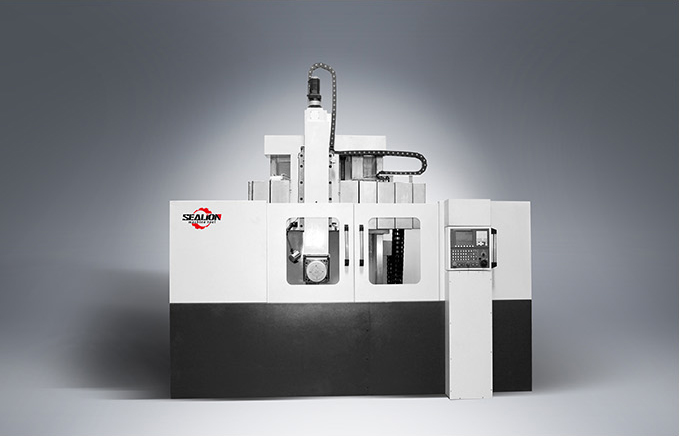How to Choose CNC Lathe Chuck?
(2024年02月04日)https://www.sealionmachine.com/how-to-choose-cnc-lathe-chuck.html
How to Choose CNC Lathe Chuck?
1. What does CNC lathe chuck refer to?
The chuck fixture of the lathe mainly refers to the fixture installed on the spindle of the CNC lathe. This type of fixture is connected to the spindle of the machine tool and drives the workpiece to rotate with the spindle.
CNC lathe chuck fixtures are mainly divided into two categories: various chucks, which are suitable for processing disc parts and short shaft parts; fixtures for center hole and top center positioning and installation of workpieces, suitable for larger lengths or processing shaft parts with more processes. CNC turning processing requires that the fixture should have high positioning accuracy and rigidity, simple structure, strong versatility, easy to install fixtures on the machine tool, rapid loading and unloading of workpieces, automation and other features.
2. How to choose a CNC lathe chuck?
1. In the China horizontal CNC lathe processing of various chuck fixtures, the outer circle of the workpiece or blank is used for positioning in most cases. The following types of fixtures are positioned by the circumference.
(1) Three-jaw chuck
The three-jaw chuck is the most commonly used universal fixture for CNC turning lathe. The biggest advantage of the three-jaw chuck is that it can be automatically centered, with a large clamping range and fast clamping speed, but the centering accuracy has errors and is not suitable for coaxiality requirements. Secondary clamping of high workpieces. In order to prevent the deformation and vibration of the workpiece from affecting the machining quality during turning, when the workpiece is clamped in the three-jaw self-centering chuck, the overhang length should not be too long.
(2) Claws
CNC lathes have two commonly used standard chuck claws, hard claws and soft claws.
2. When the jaws are clamped on unprocessed surfaces, such as castings or rough bar surfaces, when large clamping force is required, use hard jaws; usually to ensure rigidity and wear resistance, hard jaws should be heat treated, the hardness is higher. When it is necessary to reduce the runout deviation of two or more parts, and do not want to have clamp marks on the machined surface, soft jaws should be used. Soft jaws are usually made of low-carbon steel. Before use, soft jaws must be bored to match the workpiece. The biggest feature of soft-jaw clamping is that the workpiece can maintain a certain position accuracy even though it has been clamped many times.
- このできごとのURL:



コメント